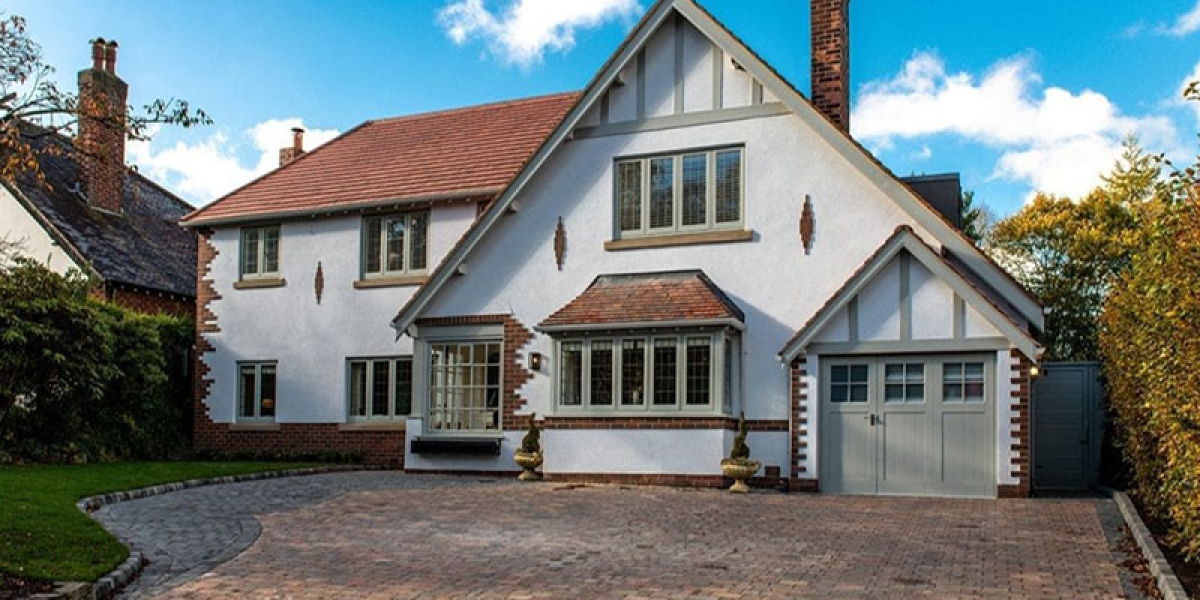Introduction: Connecting Landscaping with Pest Control
Landscaping is more than just creating an attractive outdoor space — it plays a critical role in pest prevention. Poorly maintained yards, overgrown shrubs, and improperly placed plants can provide shelter, food, and pathways for pests to invade your property. With the help of Acme pest solutions, homeowners can combine professional expertise with smart landscaping techniques to create a pest-resistant environment. By understanding the connection between landscaping and pest control, you can protect your home, reduce the need for chemicals, and maintain a healthier living space.
How Poor Landscaping Encourages Pests
Overgrown Plants as Pest Havens
Overgrown plants and dense foliage can create ideal hiding spots for rodents, ants, spiders, and termites. These pests thrive in dark, moist environments that overgrown vegetation provides. Trimming bushes regularly and keeping trees away from walls significantly reduces the risk of pest migration into the home.
Standing Water and Pest Attraction
Poor drainage or clogged gutters can create standing water, attracting mosquitoes and other water-loving pests. Landscaping solutions like grading the yard for better water flow or adding gravel to low-lying areas can prevent water buildup and reduce pest breeding grounds.
Cluttered Yards and Pest Nesting
Old wood piles, unused equipment, and other debris scattered around the yard serve as perfect nesting sites for pests. Clearing these areas and storing materials off the ground helps cut off their shelter options.
Landscaping Practices That Deter Pests
Choosing the Right Plants
Some plants naturally repel pests due to their scent or chemical properties. For example, lavender, marigolds, and mint can discourage mosquitoes and other insects. Strategically placing these plants near entryways and outdoor seating areas adds both beauty and protection.
Maintaining Lawn Health
A healthy lawn resists pests better than a stressed one. Regular mowing, aerating, and fertilizing not only improve the yard’s appearance but also discourage insects and rodents from establishing themselves.
Mulching with Care
While mulch is great for soil health, applying it too close to the foundation can attract termites and ants. Keeping mulch at least 12 inches away from the home’s base creates a barrier that pests are less likely to cross.
The Link Between Hardscaping and Pest Prevention
Pathways and Borders
Hardscaping elements like stone pathways, gravel borders, and retaining walls not only enhance curb appeal but also make it harder for pests to reach your home. These features create physical barriers that discourage crawling insects and rodents.
Proper Placement of Outdoor Structures
Sheds, decks, and pergolas should be placed with enough clearance from vegetation and with well-maintained bases to prevent pests from nesting beneath them.
Seasonal Landscaping Adjustments for Pest Control
Spring and Summer
Warm months are peak pest seasons. Trimming hedges, keeping grass short, and removing weeds are essential. Ensuring water features are well-maintained prevents mosquito breeding.
Fall and Winter
During colder months, pests seek warmth. Cleaning up fallen leaves, storing firewood away from the house, and sealing gaps around outdoor structures reduce the chance of infestation.
Integrating Professional Pest Control with Landscaping
Even the best landscaping practices may not completely eliminate pest risks. Partnering with a pest control expert ensures a comprehensive defense. Professionals can identify landscaping elements that might attract pests and recommend targeted solutions. For example, integrating landscaping plans with regular inspections and treatments can create a long-term pest prevention strategy.
Case Study: Combining Landscaping and Pest Control for Lasting Results
A homeowner in a suburban neighborhood faced recurring ant and mosquito problems despite regular treatments. By redesigning their landscaping to include gravel barriers, mosquito-repelling plants, and improved drainage, they saw a significant decline in pest activity. Working with a local pest control service, they maintained these improvements and enjoyed a pest-free outdoor space year-round.
The Role of Location-Specific Solutions
Certain pests are more common in specific regions, meaning landscaping strategies should adapt accordingly. For instance, in regions where termites are prevalent, minimizing wood-to-soil contact is essential. In other cases, like urban areas with rodent problems, eliminating food sources and sealing access points can be more critical. When addressing pest issues in Ontario, for example, tailored strategies like pest control Mississauga services can provide targeted solutions that work alongside your landscaping efforts.
Eco-Friendly Landscaping for Pest Prevention
Environmentally friendly landscaping not only supports biodiversity but also naturally limits pest problems. Introducing native plants, avoiding excessive pesticide use, and promoting healthy soil can create an outdoor space that thrives without becoming a haven for unwanted guests. Encouraging beneficial insects, such as ladybugs and dragonflies, helps keep pest populations under control naturally.
Long-Term Maintenance and Monitoring
A one-time landscaping upgrade won’t guarantee permanent pest protection. Regular inspections, seasonal adjustments, and continuous yard maintenance are necessary to sustain results. Monitoring pest activity and making changes when needed ensures your outdoor space remains both beautiful and pest-free.
Conclusion
Landscaping can be a powerful tool in preventing pest infestations when combined with professional guidance and consistent maintenance. By understanding how plant placement, yard maintenance, and structural design affect pest activity, homeowners can create outdoor spaces that are both appealing and protective. Integrating these strategies ensures that your landscaping becomes a first line of defense, keeping your home safe year-round.

















